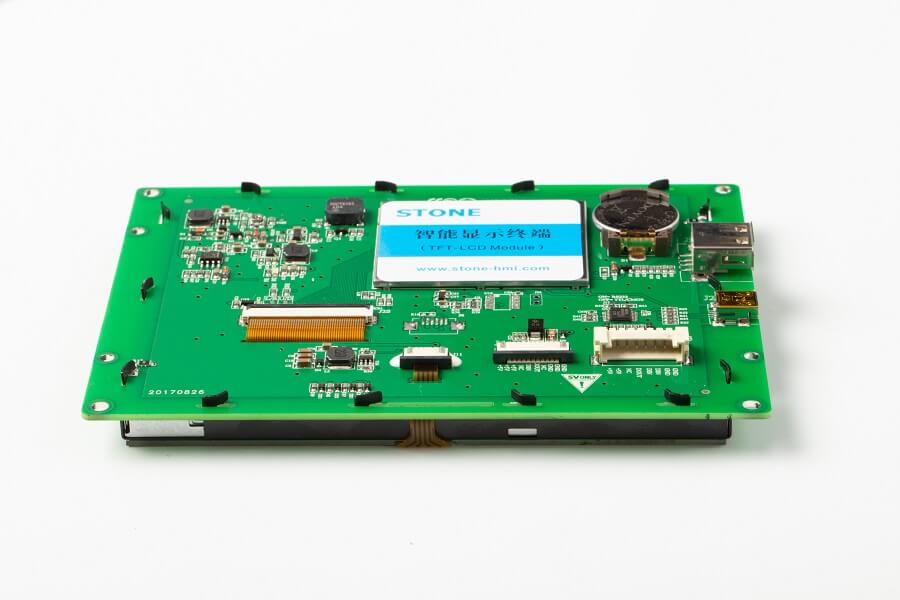What are the different types of television screen?
If we look back over the last two decades we see that the evolution of televisions has been spectacular. It seems that it was yesterday when we used the tube televisions that occupied so much space in our home. However, flat screens for years have been the protagonists. In addition to space, we have also gained in image quality and functionality.
Plasma
This type of screen is normally used in large formats, starting at 37 inches. The 10.4 inch tft display module tv stand out for the quality and naturalness of their colors and for the plausibility with which they show action or sports scenes, where everything happens very quickly. They are becoming less and less important in the sector as manufacturers are betting more on other technologies.
If we look for an image quality similar to cinema, plasma is the best screen there is. It has a very good response time and looks just as good from any angle of view. Of course, we have to take very good care of this type of television and avoid putting static images for a long time. Beware of the high contrasts and brightness .
LCD
The most widespread format today. LCD screens work through a backlight system that illuminates a front panel. Over time this format has evolved a lot and has slimmed down a lot.
Liquid crystal is characterized by giving us brighter colors, they consume less than plasma screens and they are also lighter. Although they do not have as much viewing angle, in their favor they have that the brightness is less in certain lighting conditions . In relation to quality price it is one of the best options

LED
A newer technology that shares many virtues with LCDs. Instead of using a fluorescent screen with a pixel panel, we find LEDs that illuminate individually . In this way we obtain sharper tones and a pure black since the diodes that show this color stay black.
Although LED screens have virtues in common with 10.1 inch touch screen module LCDs, the difference in quality is quite important. LEDs have brighter colors , a greater viewing angle, and the energy savings are quite large. At the end of the day a panel that lights up completely is not the same as a set of diodes that turn on and off as needed. click read
OLED
It seems that 2012 will finally be the year that OLED televisions hit the market. After being a niche format, many manufacturers have decided to bet on the evolution of LED screens. This type of diodes further reduce energy consumption, all offering excellent color quality.
At the moment OLED televisions are few in number, but throughout the year we will begin to see how LG, Sony and Samsung among others begin to fill stores with new models. Without a doubt, a very promising and ecological technology that has already consolidated itself as an alternative to be taken into account in the television market today.